In the past, we thought that the health standards of the elderly were related to age, the type and number of chronic diseases, but now the elderly have a new health indicator called “healthy fitness”, which is similar to athletes’ “competitive fitness” The concept of “energy”, which can measure to a greater extent whether a person is in a state of health.
It mainly contains three indicators: Cardiorespiratory endurance, muscle strength, flexibility.
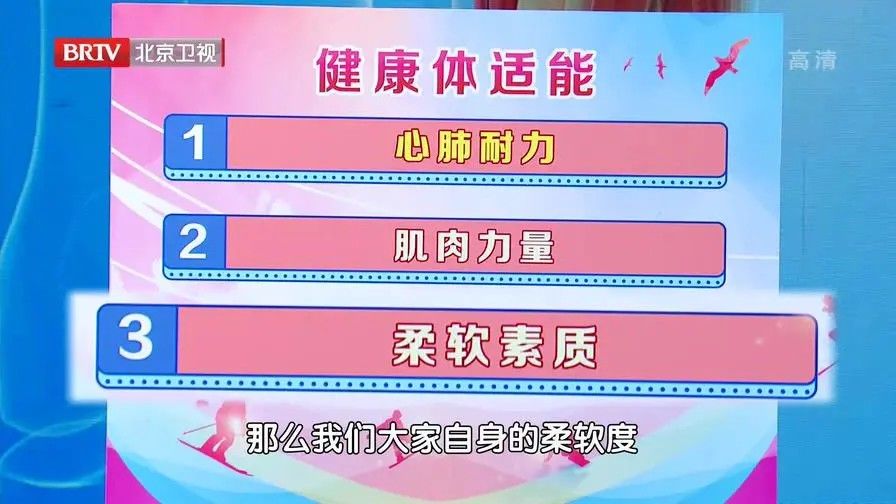
Self-Measure Cardiorespiratory Endurance – 2 Minute Step Test
Use a timer for 2 minutes to see the number of steps you can take during this time. Note that the height of the knee lift should be at the same level as the midpoint of the thigh to qualify.
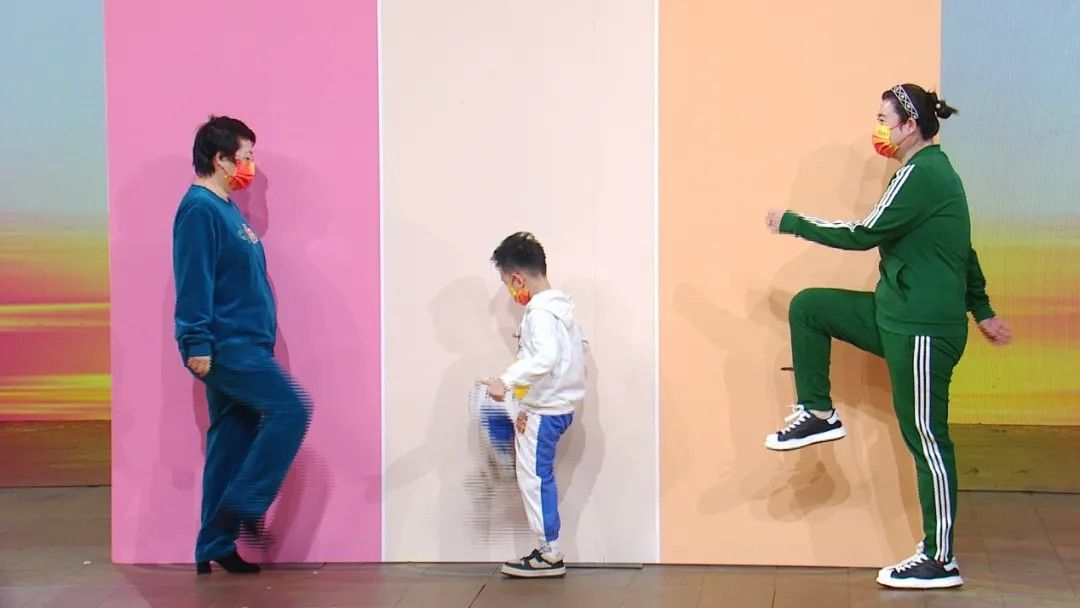
Compare the final result to the figure below to know whether your cardiorespiratory endurance is up to the standard.
↓↓↓
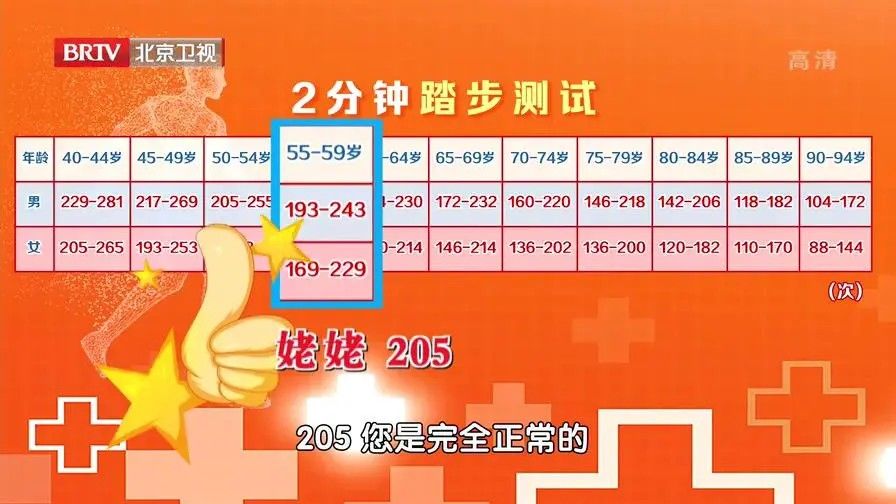
For example, a grandma in the program, 59 years old, has 209 2-minute steps. The data in the comparison table shows that the standard number of 59-year-old women is 169-229, indicating that grandma’s cardiorespiratory endurance basically meets the standard.
If shortness of breath and sore legs occur during exercise, it means that cardiorespiratory endurance needs to be strengthened.
Don’t be discouraged even if the cardiorespiratory endurance is not up to the standard. Experts tell us that with proper exercise, elderly people with chronic diseases can achieve a good cardiorespiratory endurance state and are more “healthy” than their peers.
Methods for improving cardiorespiratory endurance in the elderly: walking, jogging, swimming, cycling, etc. It is recommended to exercise 30-60 minutes a day, at least 5 days a week.
If you can’t squeeze in so much time to exercise, you can also try intermittent high-intensity exercise, running for 2 minutes and then walking for 2 minutes, or alternating between jogging and walking. It only takes half the time to reach the same level as simple jogging. efficiency.

Experts remind: middle-aged and elderly people should exercise gradually, and must not blindly pursue intensity.
Muscle Strength
The middle-aged and elderly people are generally overweight and fat, and the muscle is obviously insufficient.
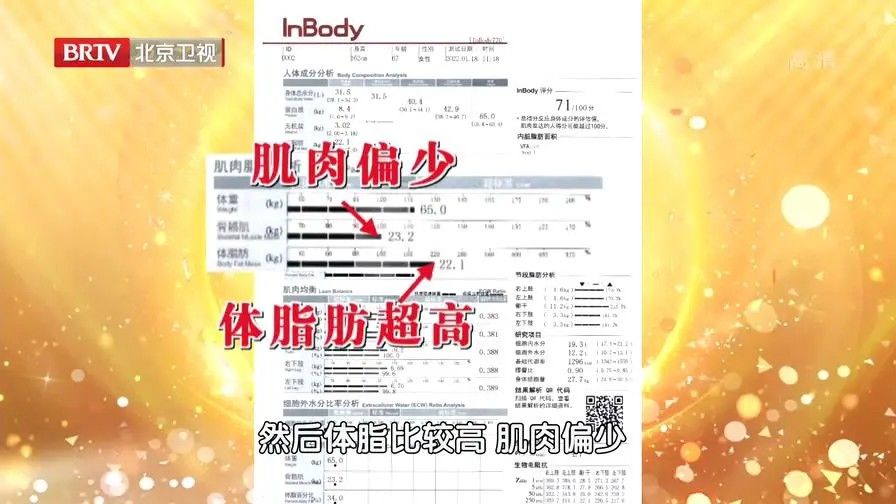
Muscle loss will lead to: ① increased body fat ratio; ② low back pain, easy to fall; ③ increased risk of cardiovascular disease; ④ blood sugar is easy to rise and difficult to control.
So it is very important to increase muscle mass and increase muscle strength. In particular, enhancing the muscle strength of the lower limbs is of great significance for the prevention of falls in the elderly.
30-second lower body strength test
Sit in a chair, cross your arms across your chest, stand up straight and sit down again to see how many times you can do it in 30 seconds. Elderly people need to be under the supervision of family members.
Test results: More than 16 scores are considered excellent, and less than 8 scores indicate insufficient lower limb muscle strength.
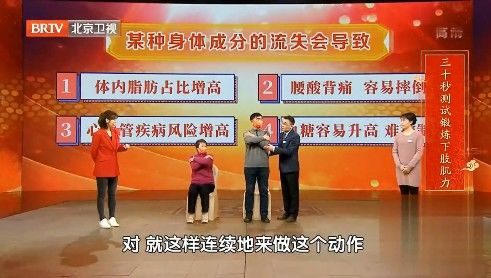
The method of exercising the muscle strength of the lower body – tiptoe
If your ankle joint is healthy and there is no problem at ordinary times, you can stand on tiptoe continuously, do 30 seconds and rest for 30 seconds as a group, and do 5-10 groups every day.
If you have ever had a foot cramp or a pain in your foot, and it is difficult to keep going back and forth, you can continue to stand on tiptoe for half a minute to a minute, and the elderly can hold on to a chair to prevent falling. Sore and swollen legs indicate that the exercise is in place.
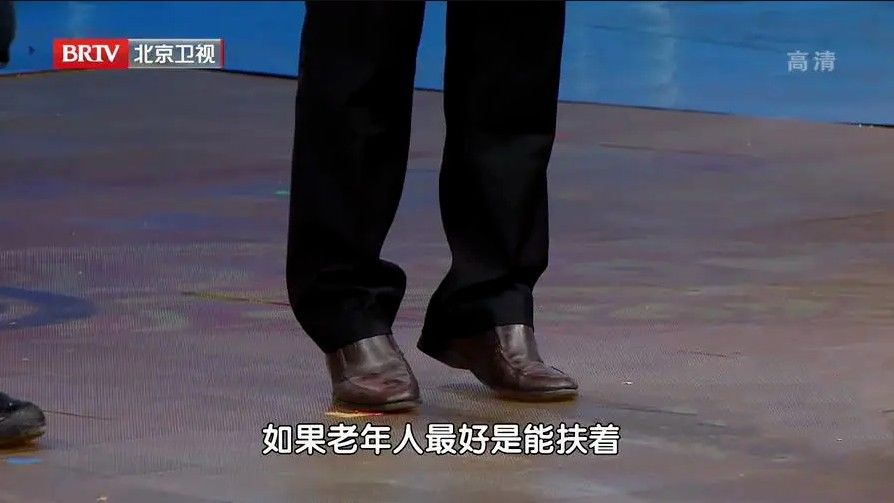
Softness quality – joint laxity detection
①The thumbs of both hands fit the front palm – 2 points
②The little fingers of both hands are stretched back more than 90 degrees – 2 points

③Hyperextension of both elbows more than 10 degrees – 2 points

④Hyperextension of both knees is more than 10 degrees – 2 points
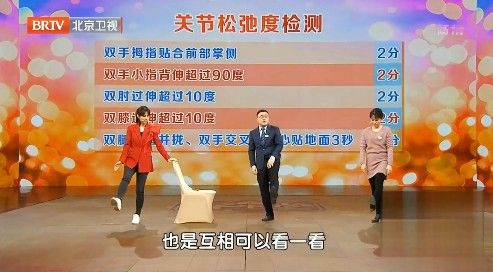
⑤Straight legs together, hands crossed, palms on the ground for 3 seconds – 1 point
Test results: If the score is less than 4 points, it means that the joint laxity is normal; if the score is 4~6 points, it may be congenital ligament laxity; if the score is more than 6 points, it means there is congenital ligament laxity.
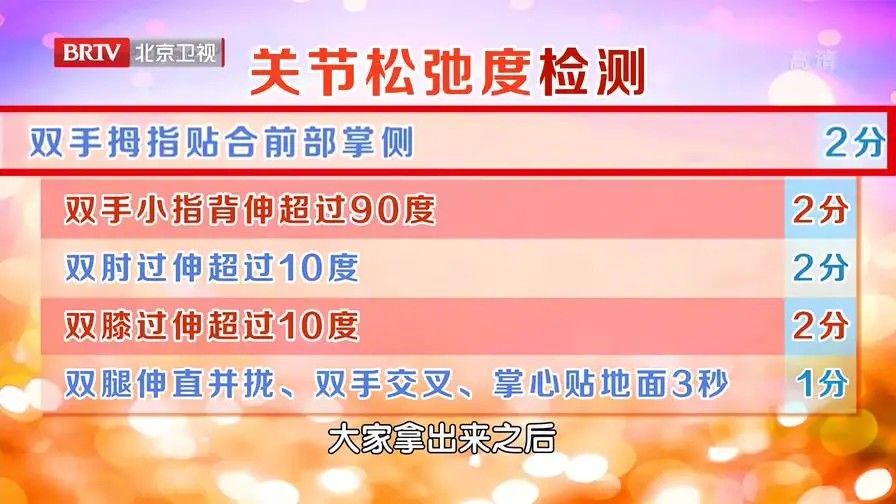
People who are found to have congenital ligament laxity may be prone to sprains. Usually, they can do some strengthening muscle strength, balance training, and coordination training to improve.
The picture comes from the Internet
More knowledge

February “King of Fruits”, this way of eating to resolve phlegm and disperse knots will help you stay away from tumors and polyps! Cheap and affordable benefits~
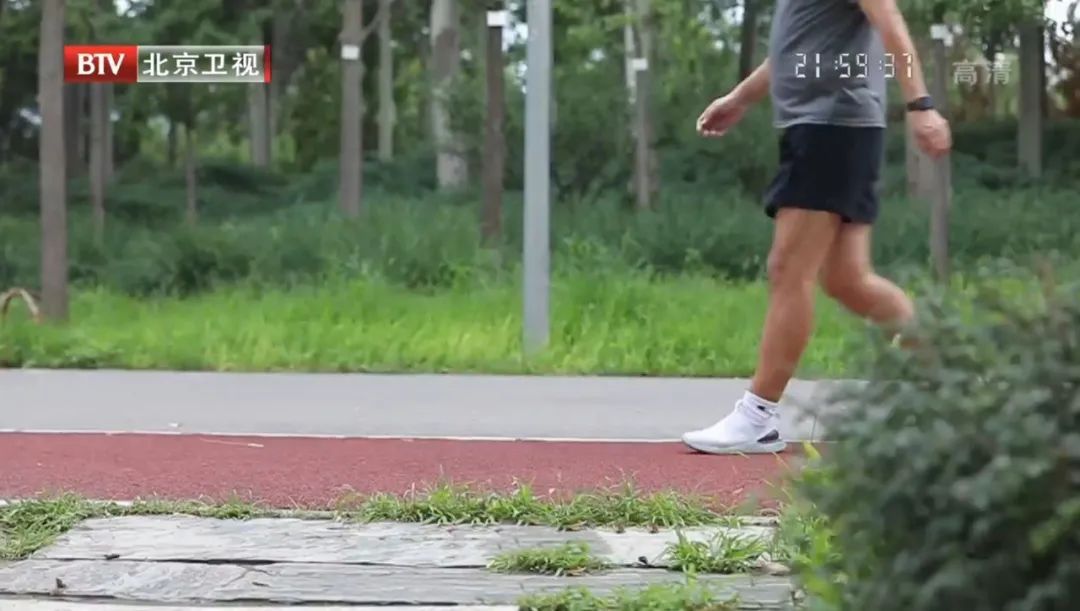
Walking, how many steps are the healthiest? This analysis is very thorough…

Have low back pain again? Massage, acupuncture points, and tea substitutes are very useful to get rid of low back pain! If you don’t study, you will lose a lot~

Invigorating the kidney does not lose yam, and removing dampness does not lose barley! “Water ginseng” eats like this, prolongs life and replenishes the body!

Spinach eats like this to protect the heart, laxative and calcium! It’s a pity that the essence was thrown away by you~
The picture comes from the Internet
Source: I’m a big doctor’s official WeChat